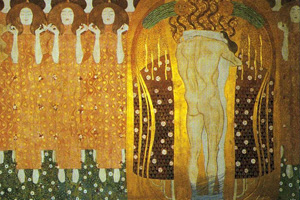Sinfonia n.9, Op. 125 - IV. Finale: Inno alla gioia (parte d'accompagnamento) Beethoven — Spartiti Pianoforte

| Strumento | Pianoforte |
|---|---|
| Difficoltà | Molto facile |
| Accompagnamento | Accompagnamento al pianoforte |
Come i musicisti usano Tomplay
Informazioni sul prodotto
-
Dettagli dello spartito
-
Altri arrangiamenti di questa canzone
-
Recensioni
| Compositore |
Beethoven |
|---|---|
| Titolo della canzone |
Sinfonia n.9, Op. 125 - IV. Finale: Inno alla gioia (parte d'accompagnamento) |
| Strumento |
Pianoforte |
| Difficoltà |
Molto facile |
| Accompagnamento |
Accompagnamento al pianoforte |
| Stile musicale |
Musica classica |
| Tag |
Germania Periodo romantico Periodo classico |
| Funzionalità interattive extra |
Tastiera a schermo
|
| Durata |
 |
| Tonalità |
G Maggiore (1 diesis) |
| Prezzo |
Suona gratis con la prova gratuita di 14 giorni, oppure $1.99
|
| Valutazione | |
| Informazioni sul pezzo |
Ludwig van Beethoven (1770-1827) is one of the most influential composers of all time. Although he was a classical composer, he greatly influenced the Romantic period (1830-1900). In his lifetime, he wrote nine symphonies. Ode to Joy is part of Beethoven's ninth and last symphony, one of his most iconic works. It was written between 1822 and 1824, and is often referred to as the 'choral' symphony. Ode to Joy is the fourth movement in the symphony and it is played by an orchestra, four vocal soloists and a choir. The words of the piece are taken from a poem by Friedrich Schiller (1785). This piece has become a symbol of hope and unity, and is the official anthem of the European Union. The key to playing this piano sheet music is balance: the right hand is made up of thirds, so it's important to make sure the melody sings out. Play the piano sheet music for Ode to Joy, set at a very easy level. This sheet music is the piano accompaniment part. |
| Video | |
| Crediti |
© 2015 Tombooks
www.tomplay.com
Gustav KLIMT
|






